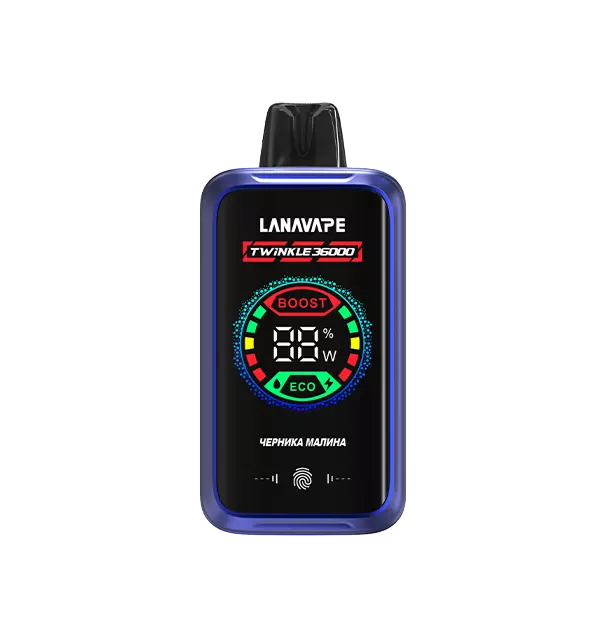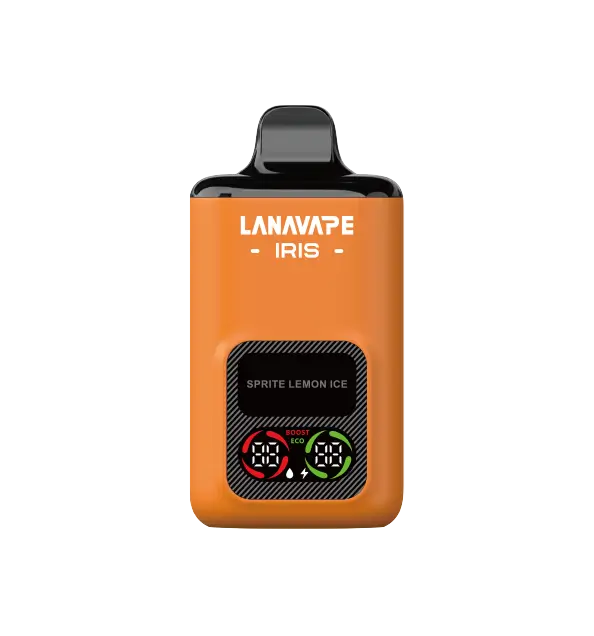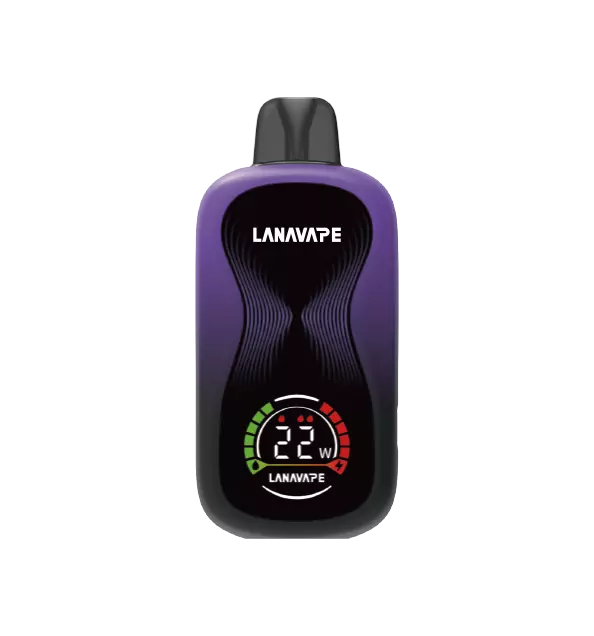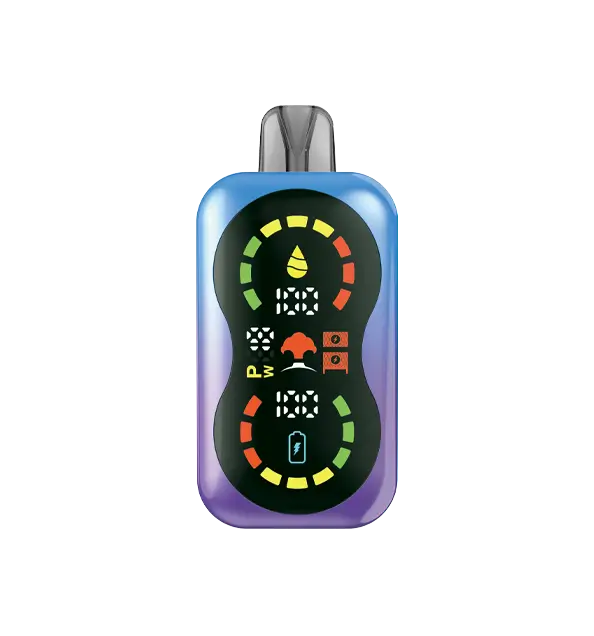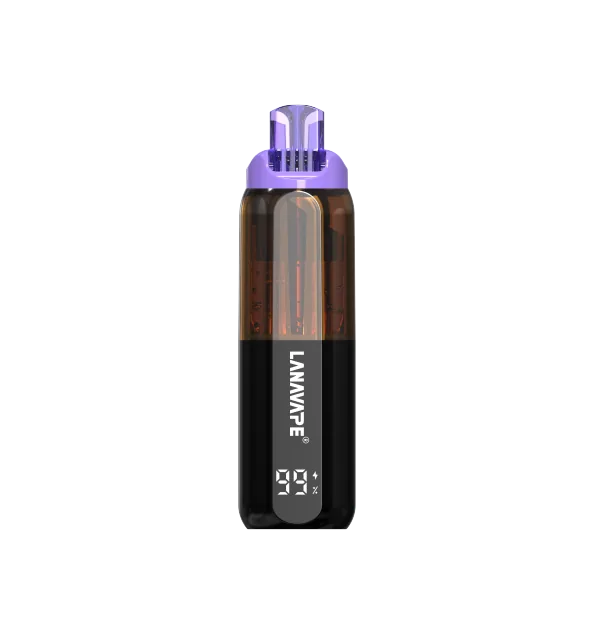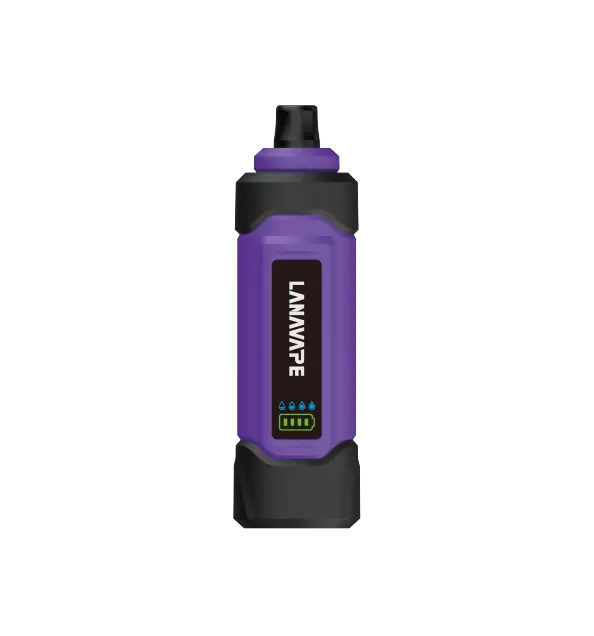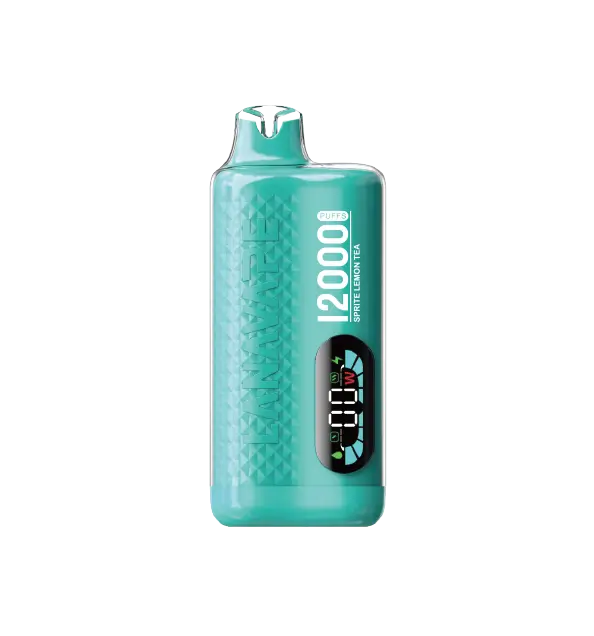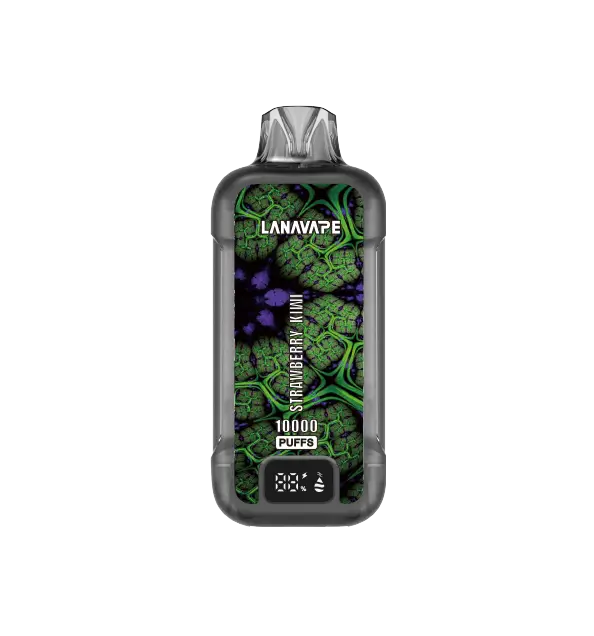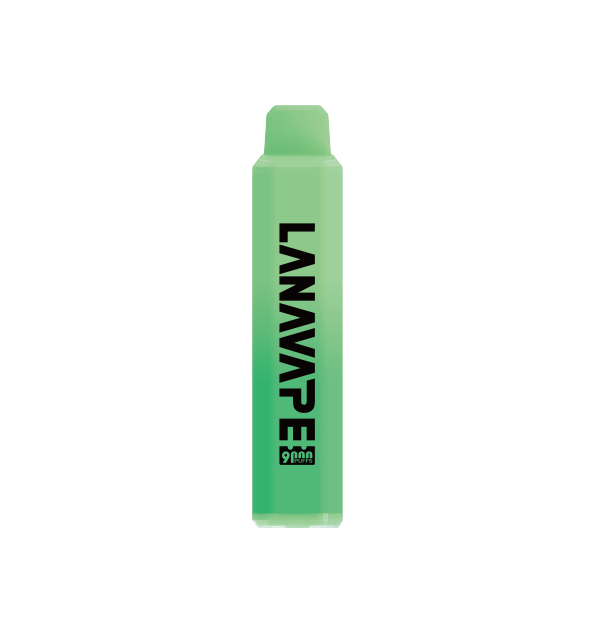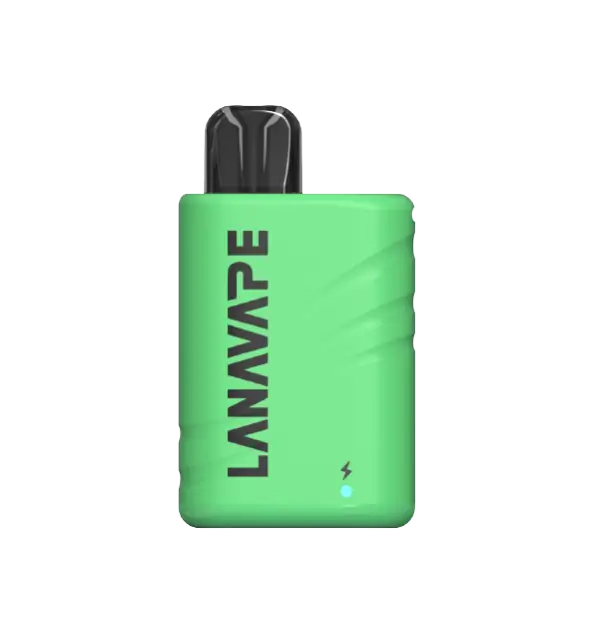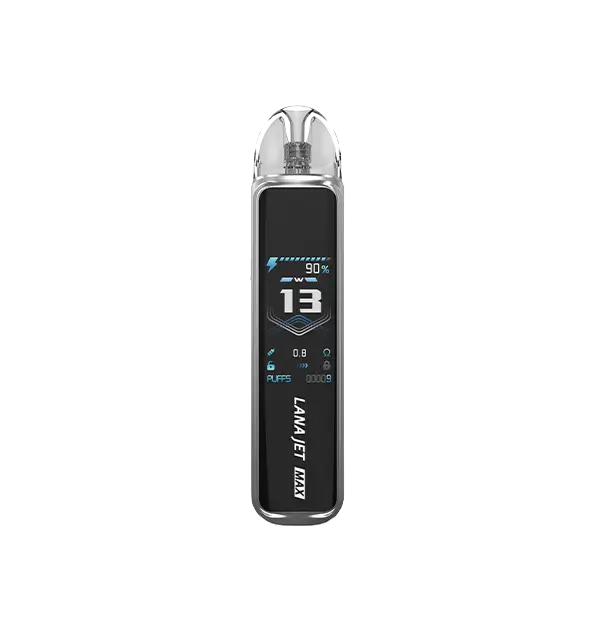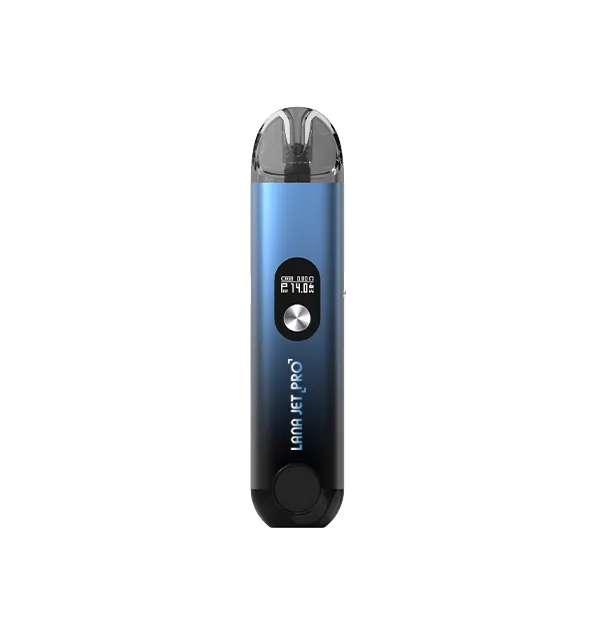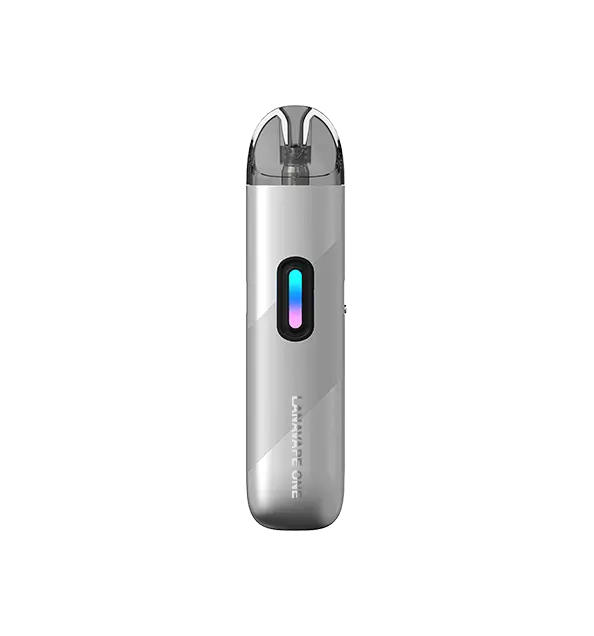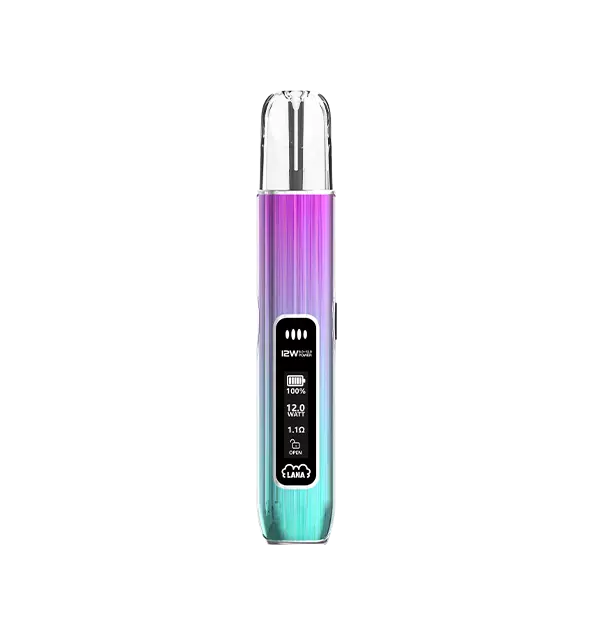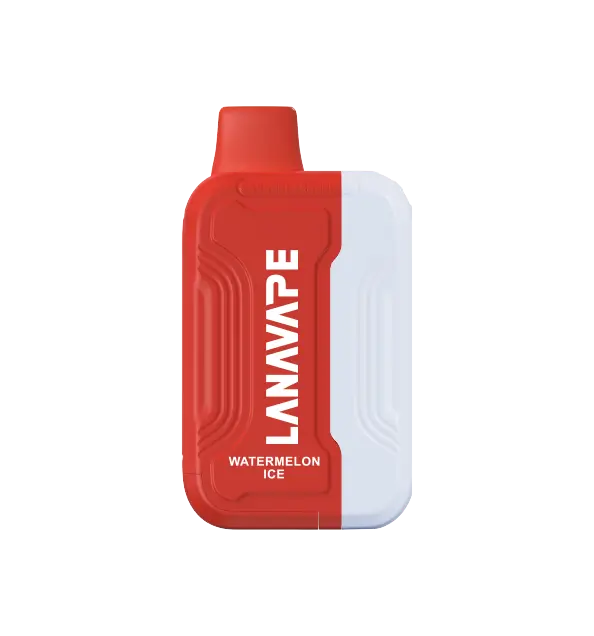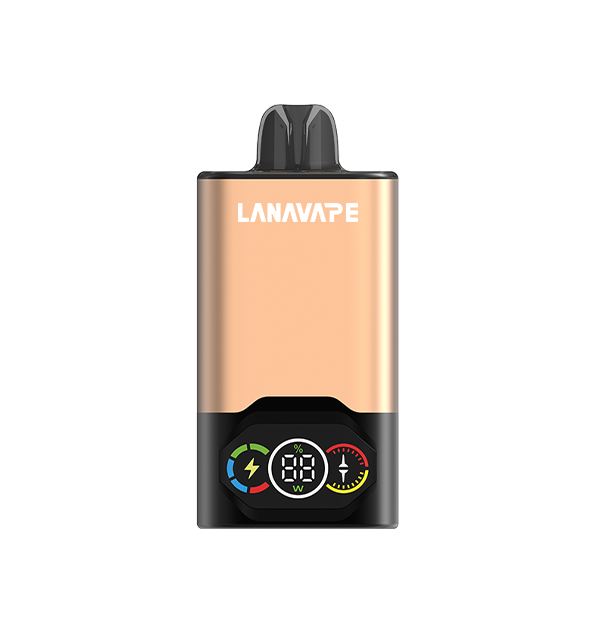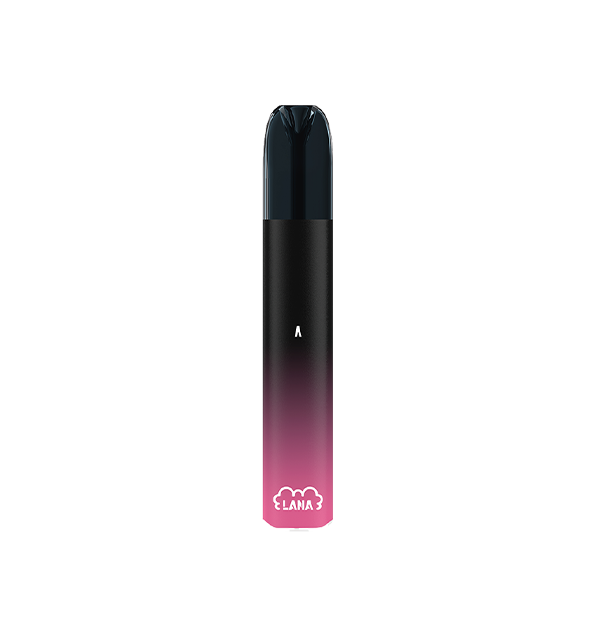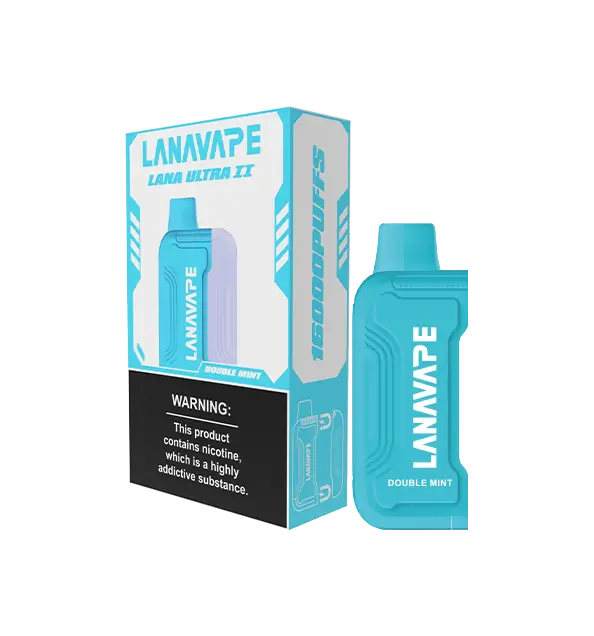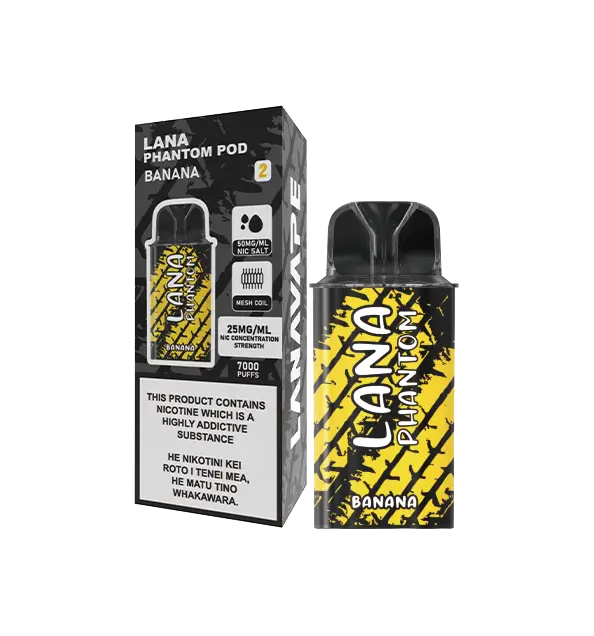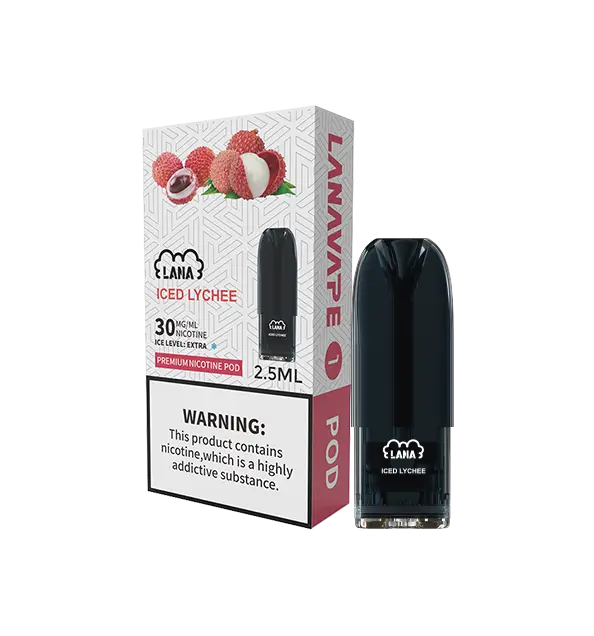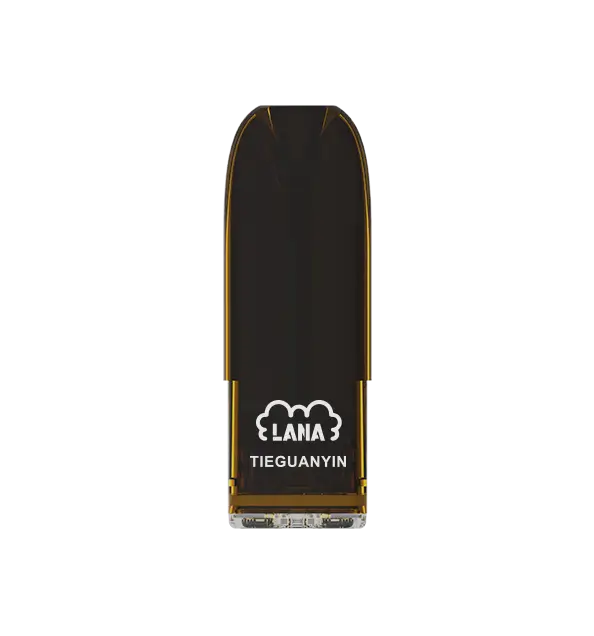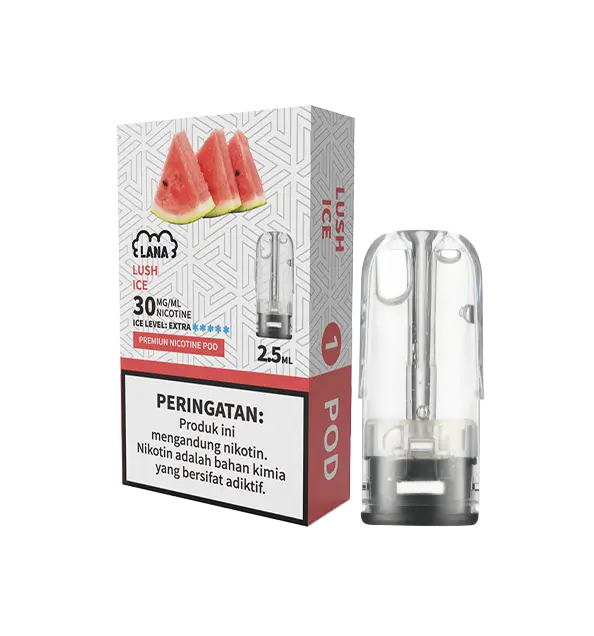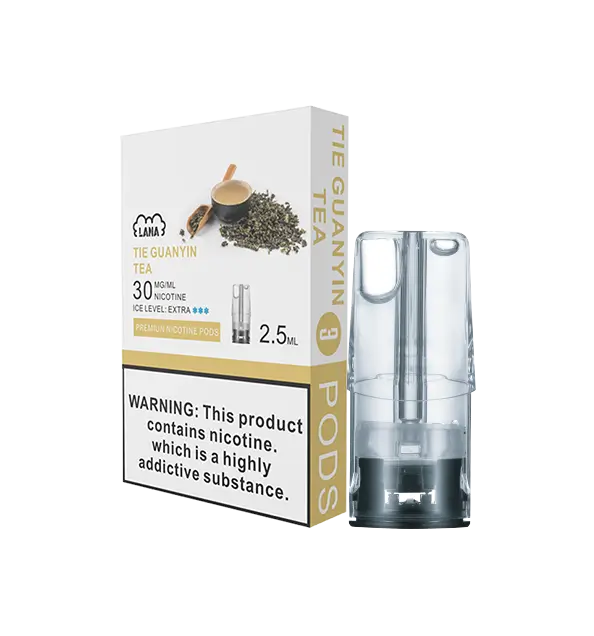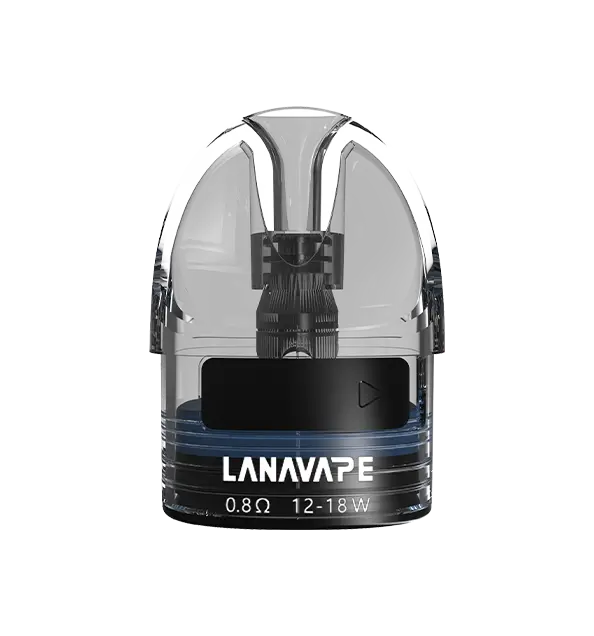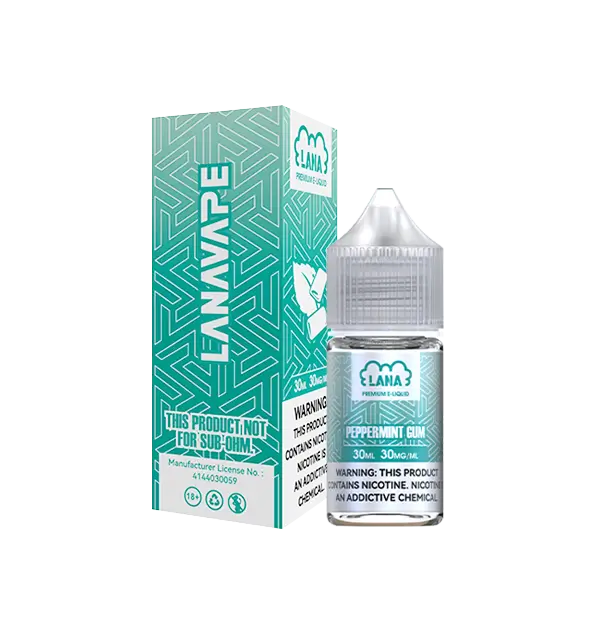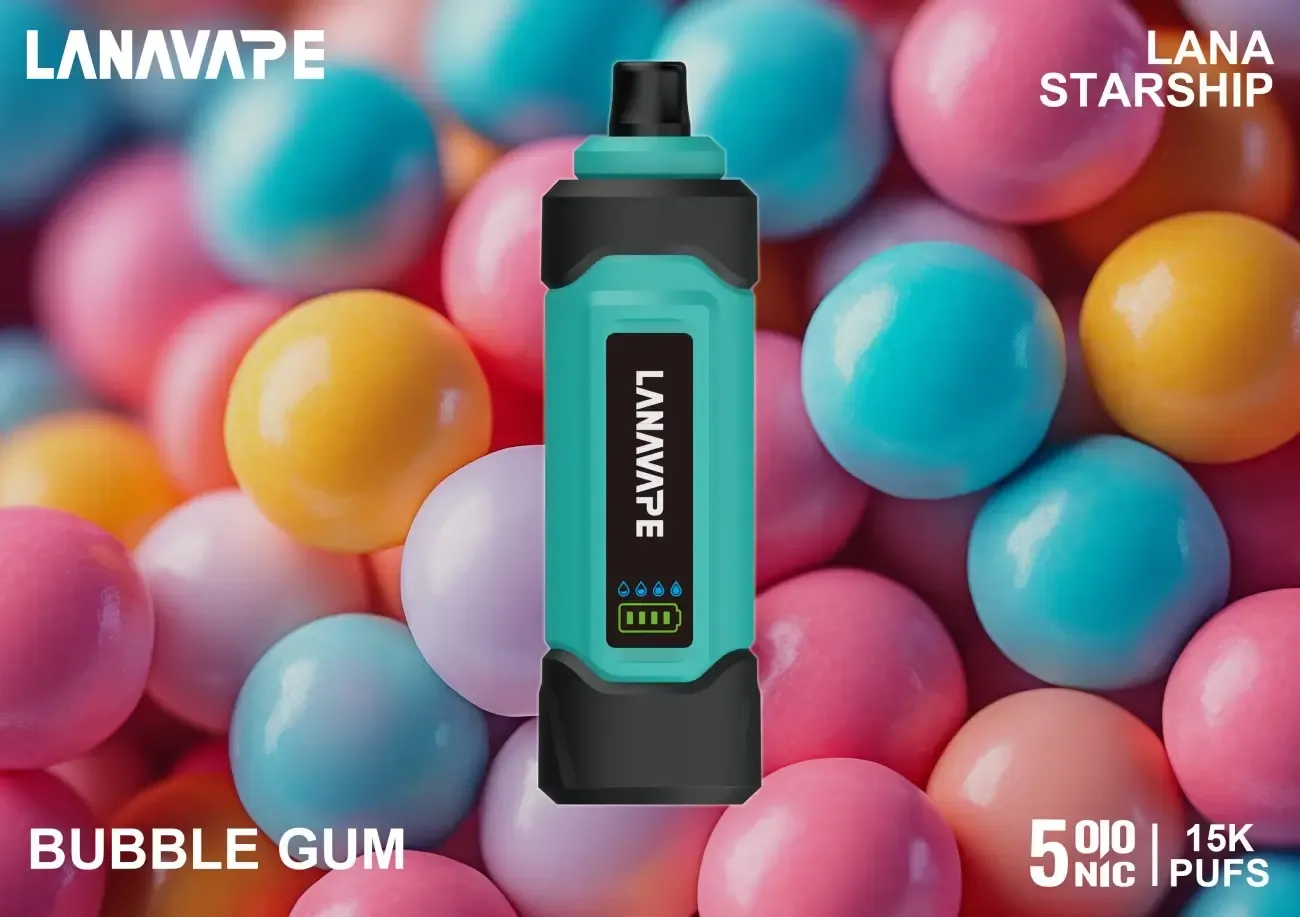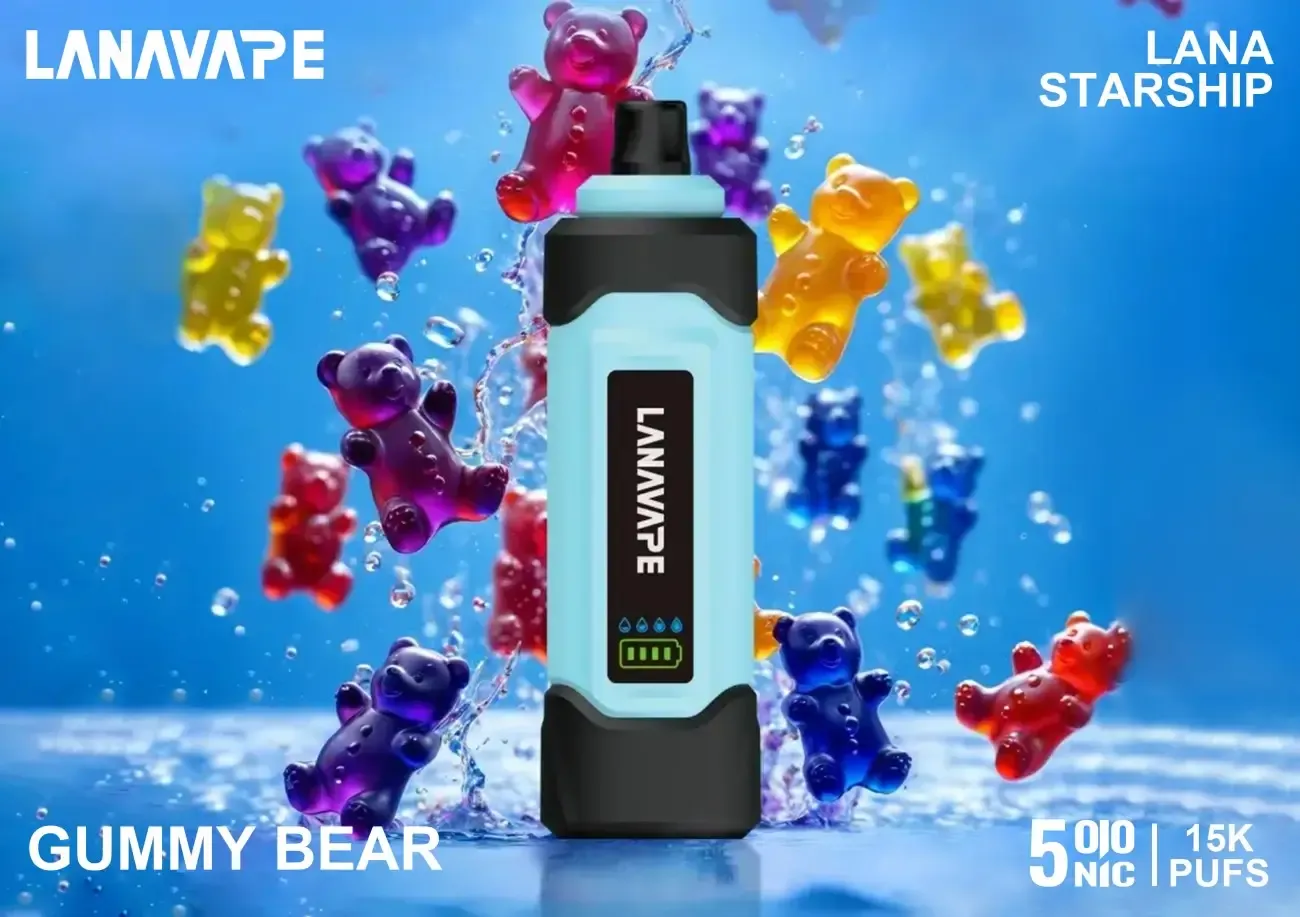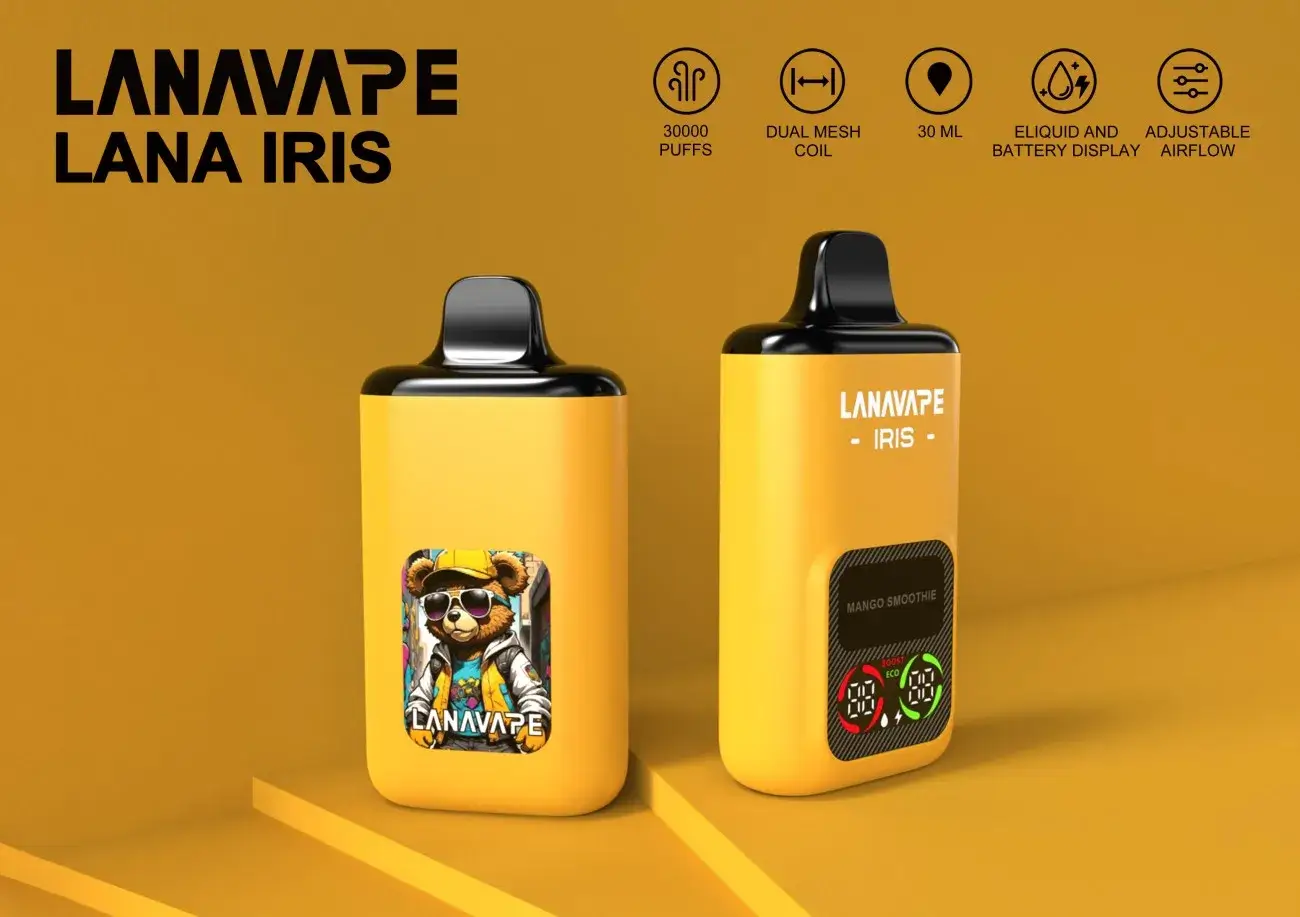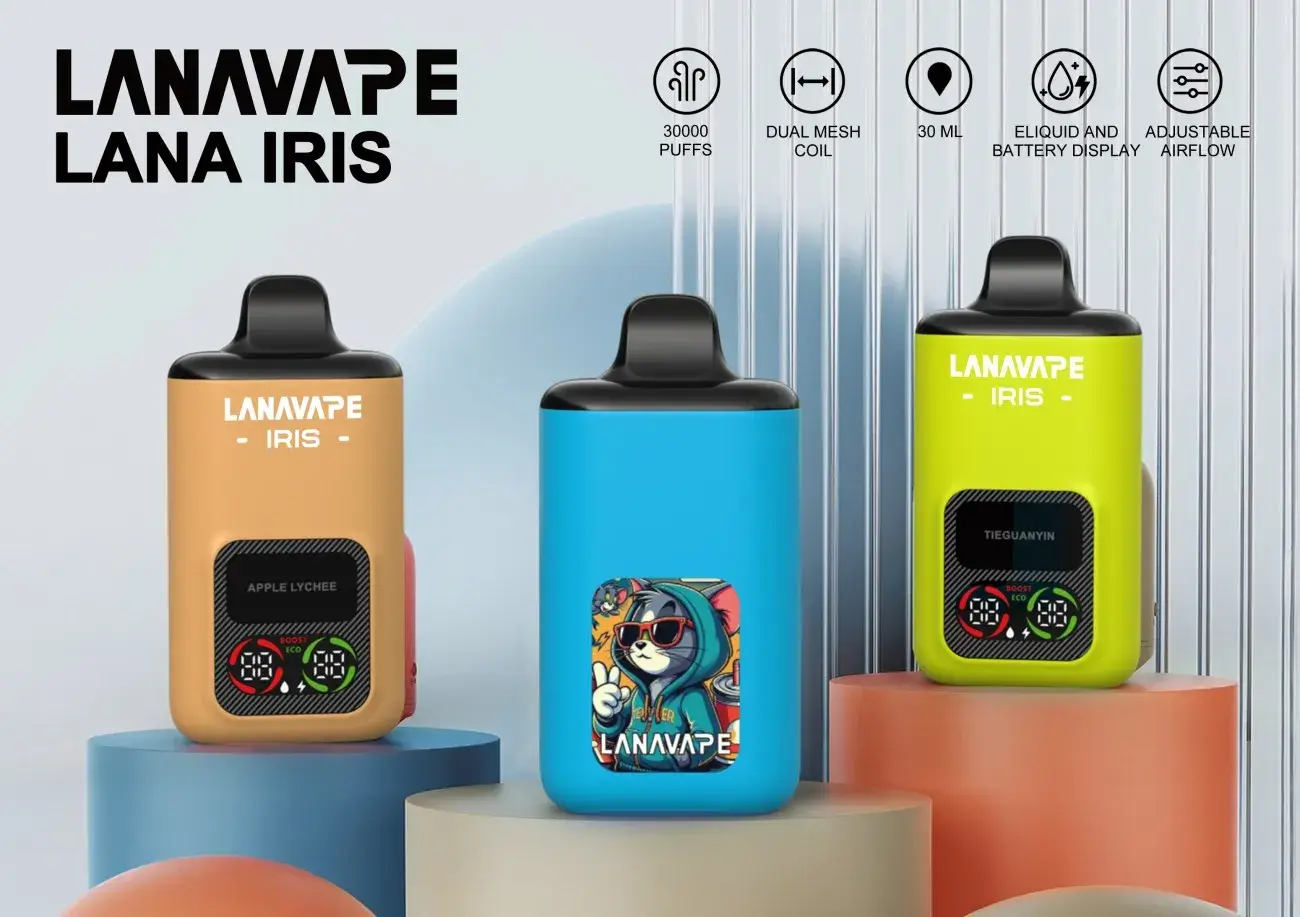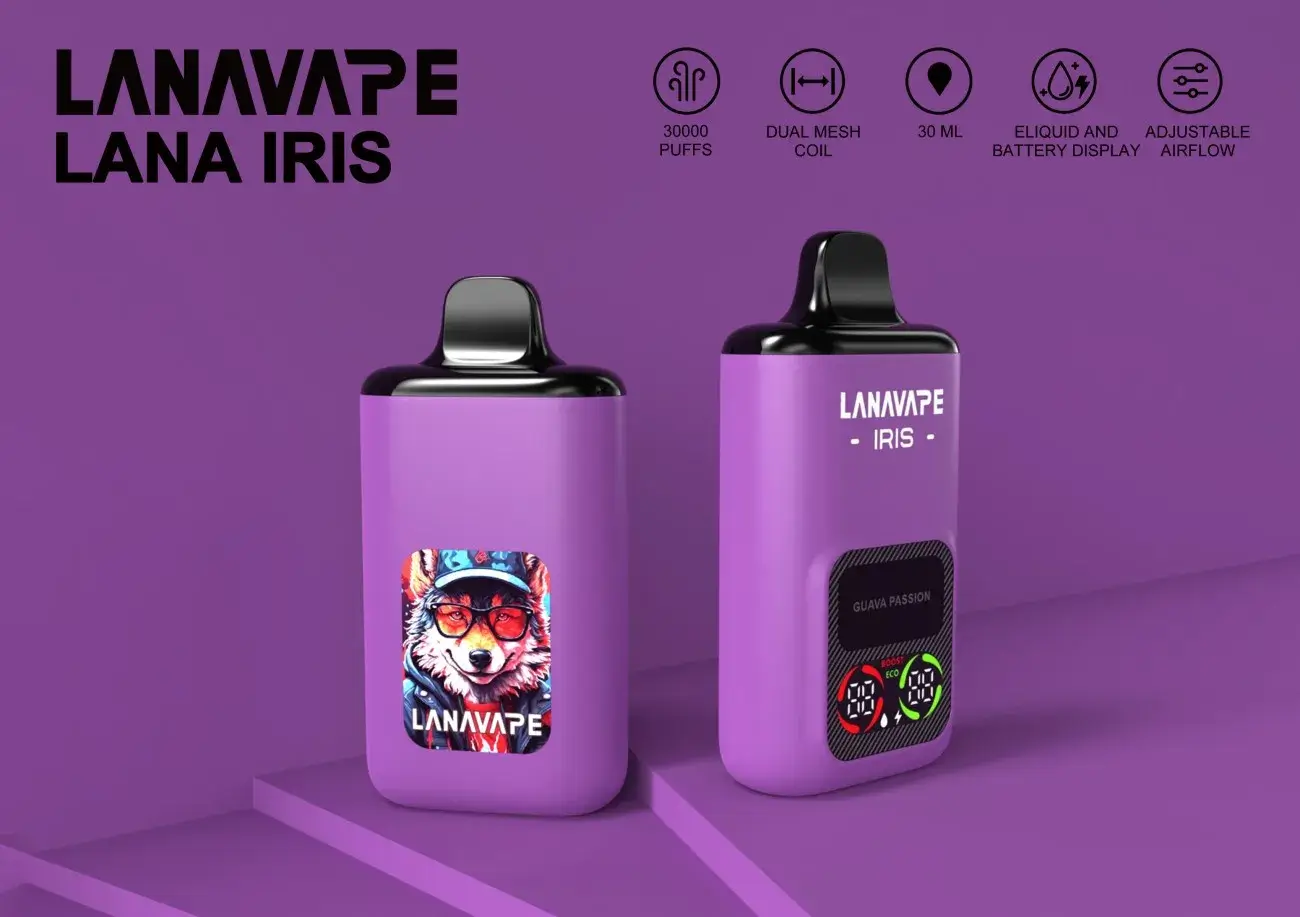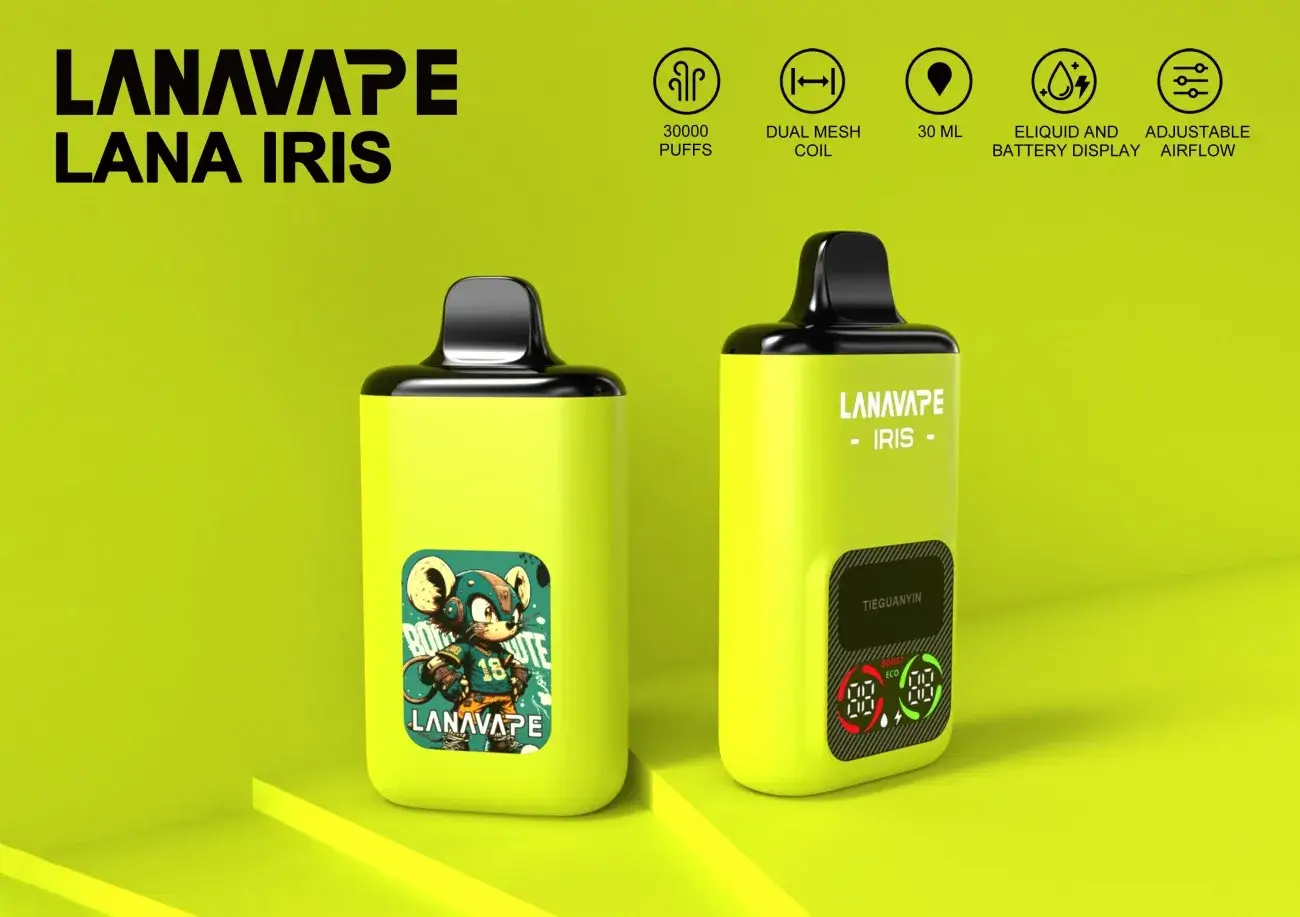
In recent years, e-cigarettes have become more and more popular around the world, and according to data, questions like "best vape flavors for beginners" and "how to choose vape juice" are what most vapors want to know. This blog will answer all your questions and let you find the vape juice that suits you better.
I. Four popular e-cigarette flavor categories in 2025
1. Fruit flavor series: the first choice for refreshing and relieving fatigue
Core keywords: fruit flavored e-cigarettes, low sweetness cigarette oil, mixed fruit flavor recommendation
Characteristics: Mango, strawberry, passion fruit and other natural fruit flavors are the main flavor, with a rich sense of hierarchy, suitable for the pursuit of “fresh and non-sticky” users.
Suitable scenario: outdoor use in summer, after meal to relieve fatigue.
Laboratory data: high VG (more than 70%) formula can improve the juice reduction, but need to be equipped with large smoke equipment.
2. Menthol/Ice Sense Series: Ultimate Cooling Experience
Core Keywords: Icy Menthol Smoke Oil, Sugar Free E-Cigarette, High Nicotine Salt Smoke Oil
Taste characteristics: -5°C level cold shock superimposed on a slightly sweet finish, nicotine salt technology can quickly relieve the addiction.
Points to note: some users feedback that long-term use may lead to “taste blunting”, it is recommended to alternate with fruit flavors.
3. Dessert baking series: healing taste ceiling
Core keywords: dessert flavor e-cigarettes, low-calorie tobacco oil, caramel pudding taste
Taste characteristics: replicating classic desserts such as caramel pudding and cheesecake, adopting 0 sucrose flavor technology to reduce the burden on the respiratory tract.
Controversial point: some users think that the sweetness is too high and easy to trigger a feeling of greasiness, it is recommended to choose a small volume pack to test the flavor.
4. Classic Tobacco Series: the savior of real cigarette substitutes
Core keywords: tobacco-flavored e-cigarettes, high simulation cigarette oil, smoking cessation transition recommendations
Technical breakthroughs: new low-temperature baking technology to restore the texture of cigars/baked cigarettes, nicotine content can be customized (0mg-20mg).
User research: more than 70% of quitters choose tobacco + nuts mixed flavor during the transition period.
II. How to choose
Rule 1: Crack the code of VG/PG ratio.
High VG oil (70% VG or more): large smoke volume, smooth taste, suitable for Sub-Ohm high-power equipment, but need to pay attention to the “risk of oil leakage”.
High PG oil (50% PG or above): strong throat hit, high compatibility with equipment, but may cause some users to have a dry throat.
Rule 2: The type of nicotine determines the experience.
Traditional free base nicotine: suitable for high power devices, strong throat hit but less efficient absorption.
Nicotine Salt (Nic Salt): low-power device friendly, 5 seconds quick entry into the bloodstream, reducing the probability of choking.
Rule 3: Avoid hidden health hazards
Pit Avoidance Guide:
Refuse oils containing “Diacetyl” (may cause lung inflammation).
Prefer products from ISO 6 certified manufacturing environments to reduce the risk of heavy metal contamination.
Avoid using a single flavor for a long period of time to reduce the risk of loss of taste sensitivity.
III. FAQs
“How do newbies find the right flavor for them?”
Three-step orientation method:
Start testing with low nicotine concentration (3mg-6mg).
Try refreshing base flavors like fruit/mint first.
Record the length of daily use and choking frequency, and adjust gradually.
“How long does tobacco oil last after opening?”
Scientific storage method:
Unopened: 2 years in a cool place away from light.
Opened: use up within 3 months, recommend dispensing into dark colored vials to reduce oxidation.

